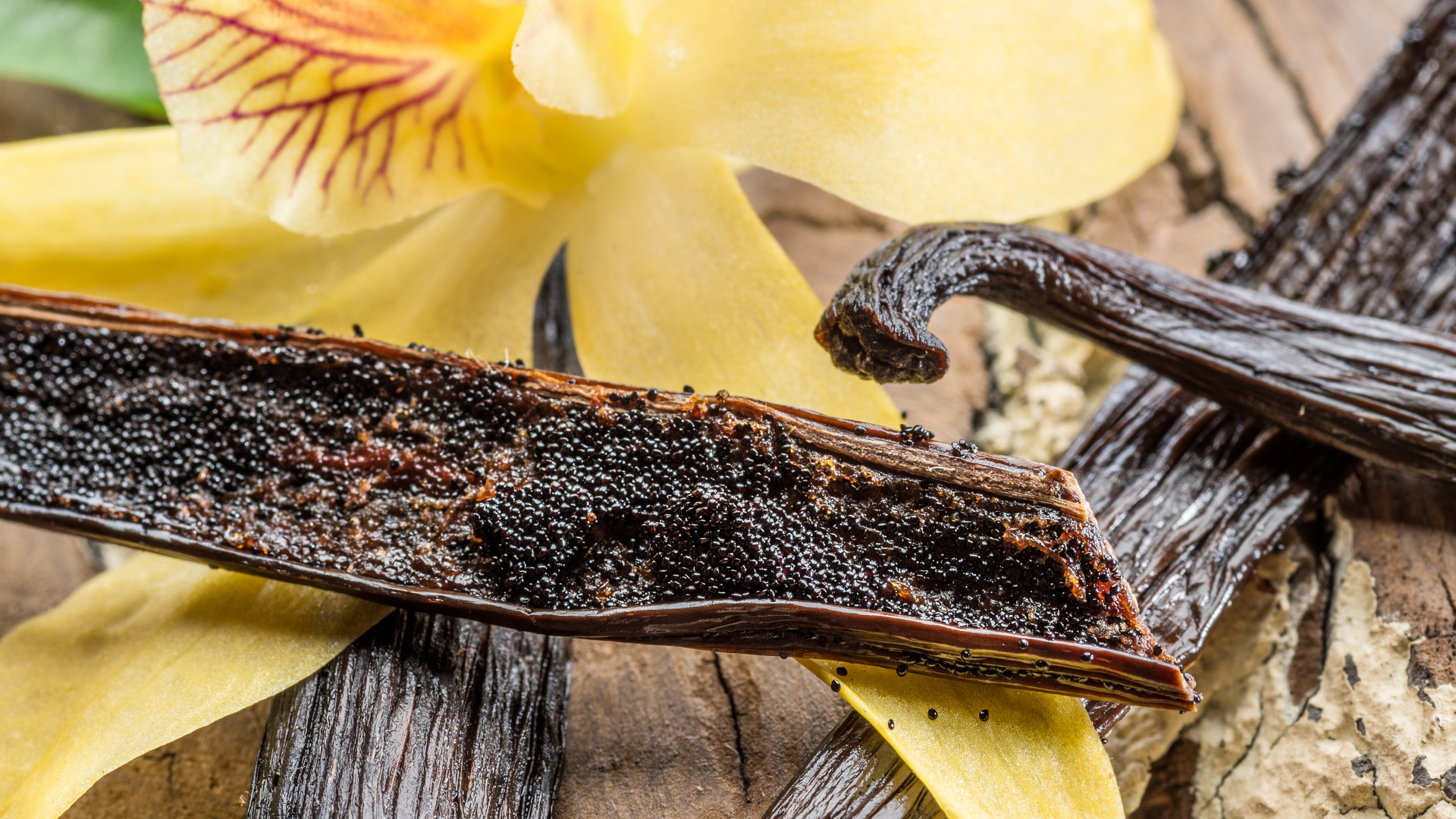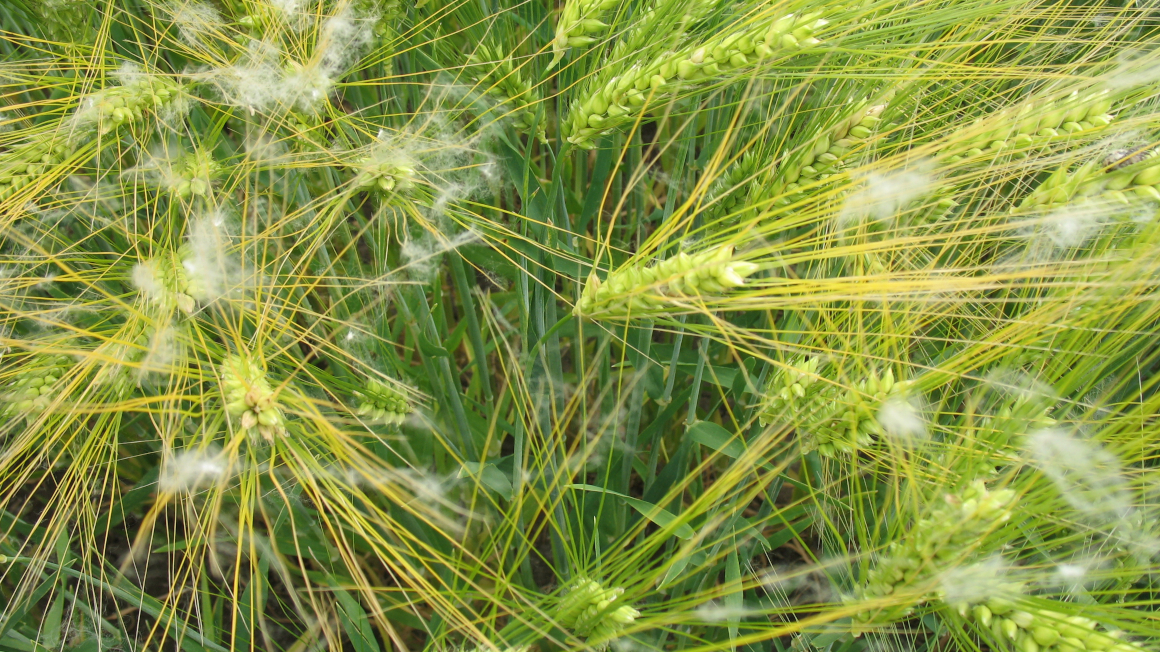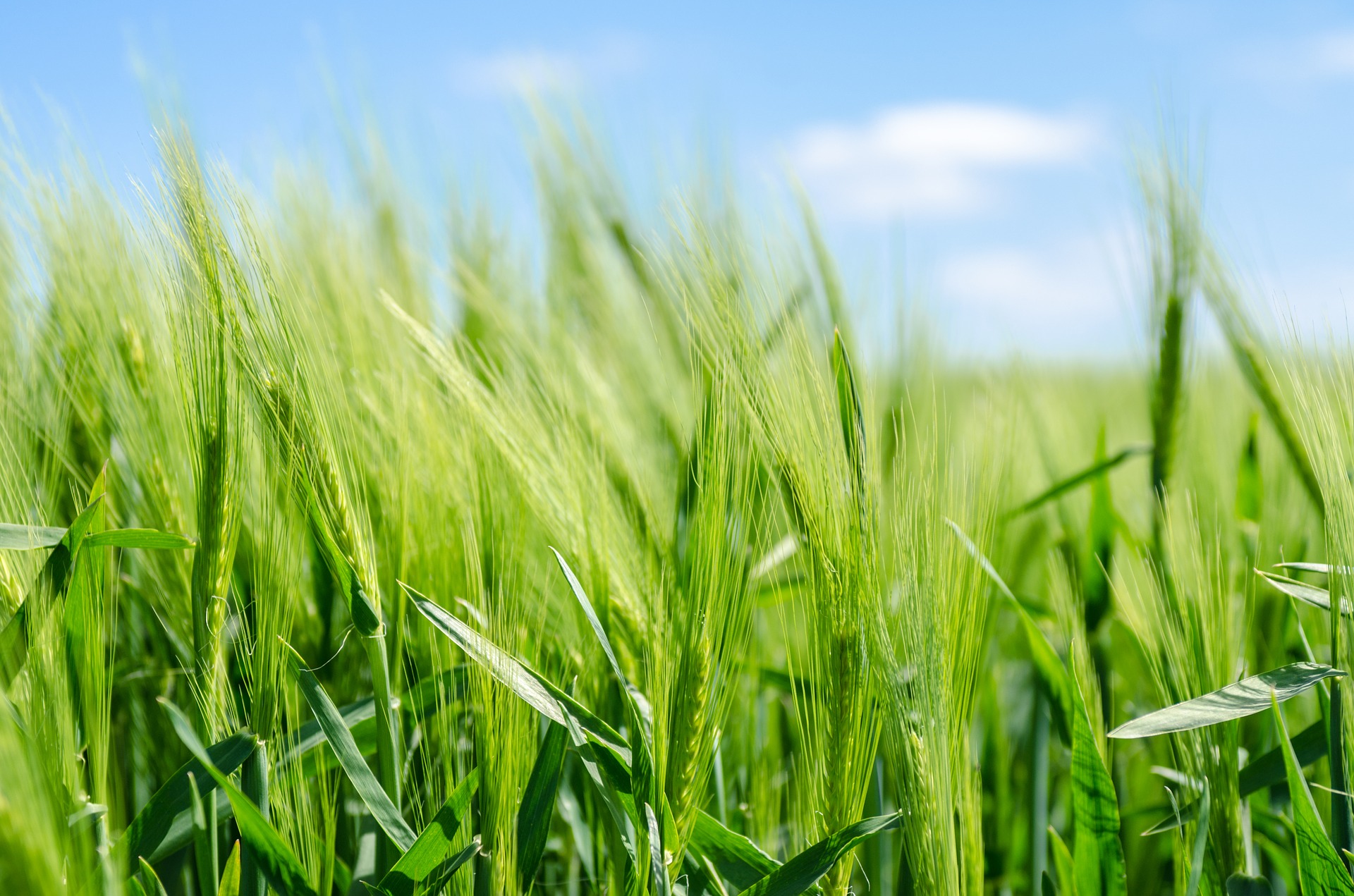‘Enzymes create proteins with customised properties’
Ute WeiszOccupation:
Doctor of Food Technology
Position:
Head of the Plant Proteins and Nutrition Chair at the Technical University of Munich (TUM)

Occupation:
Doctor of Food Technology
Position:
Head of the Plant Proteins and Nutrition Chair at the Technical University of Munich (TUM)

Munich-based food technologist Ute Weisz specialises in the extraction, characterisation and modification of plant proteins in order to make them usable for the food industry.
Proteins are an important part of our diet. The majority of essential nutrients are still obtained from animal protein sources such as meat. However, factory farming, pesticide use and climate change are increasingly threatening soil and groundwater and putting pressure on agriculture. Plant-based proteins are an alternative. Compared to animal proteins, these often have some disadvantageous properties. During processing, for example, undesirable flavours or gel and foam can form. Ute Weisz is investigating how the properties of plant proteins can be improved to make them suitable for use in new foods such as milk and meat substitutes. As part of her research, the Munich-based food technologist is focusing on enzymes to tailor proteins from legumes, for example.
What characteristics must plant proteins have in order to be suitable for food production – especially for milk and meat substitutes?
Plant proteins and plant-based protein ingredients should be technologically functional, sensory neutral and nutritionally high-quality in order to be suitable for milk and meat alternatives. Important techno-functional properties include good solubility and pronounced emulsifying, foaming and gel-forming properties. They should also be able to form fibre structures. Equally important are a neutral smell and taste, a colour that is as light as possible, good digestibility and a balanced amino acid profile. Only in this way can products be created that are technologically feasible, nutritionally sound and sensorially appealing.
Which plants are the focus of your research for protein production, and why?
We mainly deal with proteins from legumes and oilseeds. These belong to the so-called storage proteins and can be easily enriched or even isolated from the raw materials using process engineering. This is an important advantage, because if the technical effort becomes too great, production costs rise significantly – which quickly calls into question the economic viability of implementation.
How are plant proteins characterised and why is this important?
The characterisation of plant proteins can be carried out at very different levels – for example, if sustainability aspects are also to be taken into account. I myself am primarily concerned with functional properties, especially techno-functional characteristics, but also with the chemical composition of the ingredients. This involves not only value-adding ingredients, but also potentially unwanted substances such as anti-nutritional ingredients as well as the digestibility of proteins. This information is crucial for comprehensively evaluating plant-based ingredients and the products made from them.
What methods do you use to modify plant proteins? What advantages does “tailoring” offer for use in the food industry?
We primarily work with non-thermal processes, such as the targeted use of enzymes, to improve the solubility of proteins and thus specifically influence their emulsifying or foaming properties. Enzymatic processes can also be used to cross-link proteins and thereby create specific textures. In addition, fermentation can be used to optimise flavour and break down anti-nutritive ingredients, to name just a few examples. This results in ingredients with tailored properties that can be specifically used in various product applications.
What factors can influence the structure of proteins and thus also their resulting properties?
We could now delve deep into protein chemistry, but I don't want to make it that complicated. In the food sector, for example, high temperatures, salt content and pH value play a major role. Such factors alter the structure of proteins and thus also their function.
The Hemp4Food project, funded by the Federal Ministry of Education and Research, focuses on the holistic use of hemp seeds for the production of high-quality, highly functional protein ingredients and functional by-products. What has been achieved so far? Which foods would the new hemp proteins be suitable for?
Hemp is a great plant, and I see a lot of potential here – provided we succeed in (re)building the infrastructure for hemp processing. In our project, we are investigating how functional protein isolates can be obtained from hemp and how by-products such as husks or fibres, which are left over after protein extraction, can be reused. It was particularly exciting that we were able to scale up the process previously developed on a laboratory scale to pilot scale as part of the BMFTR-funded project – a great opportunity that would not have been possible without the project funding. This is because upscaling in the field of plant proteins remains a major challenge. For the first time, we were able to produce larger quantities – over 30 kilograms – of hemp protein, which were tested by our industrial partners in various applications such as sausage or fish alternatives.
Interview: Beatrix Boldt


